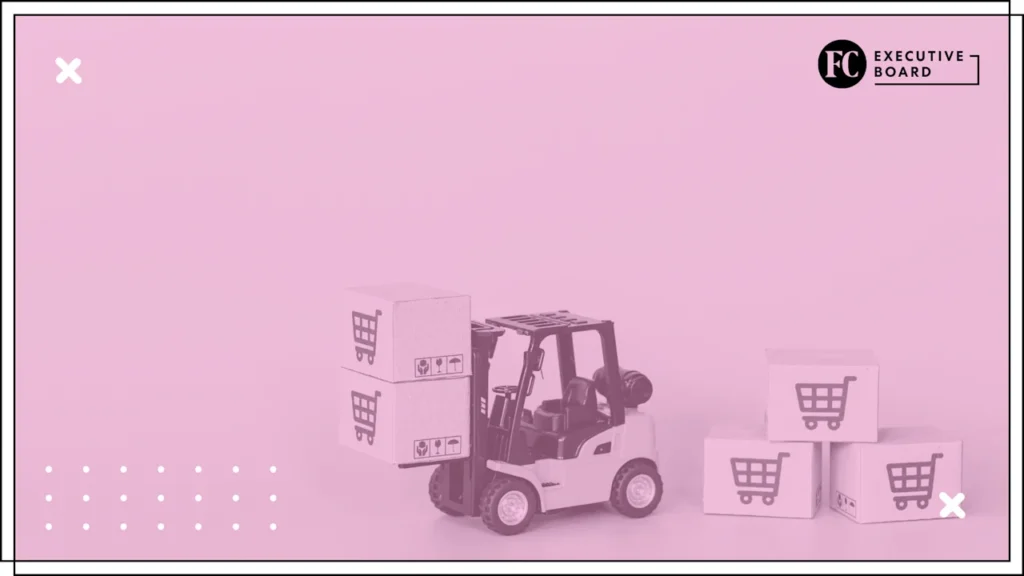
To the uninitiated, the term Scope 3 might sound like an obscure technical label. However, for those managing corporate carbon emissions, the term can inspire a range of emotions, from dread to dismay.
Scope 3 emissions are generated by indirect upstream and downstream operations, and typically account for the largest share of a company’s carbon footprint. They also lie outside the organization’s direct control. Although one of the sustainability agenda’s most daunting items, technology can provide solutions to the Scope 3 challenge.
There’s mounting pressure to tackle these emissions, as institutional investors such as pension funds pay close attention to the climate footprint of their portfolio’s companies. Better-informed consumers seek out more sustainable choices and reward those choices with shifted brand loyalty. And around the world, governments are tightening regulations on emissions levels and climate disclosure requirements.
The elusive, indirect nature of Scope 3 emissions
Because they are indirect, Scope 3 emissions are extremely difficult to capture, analyze, and report on. These emissions are generated by everything from the extraction of raw materials to manufacturing, logistics, and distribution. They’re emitted during customers’ use of products and the processes needed to reuse, recycle, or dispose of items.
Without the right software and systems, measuring and managing these emissions means engaging with hundreds of supply chain partners, each with different data formats and methods of carbon footprint accounting. It’s time-consuming and can lead to inaccuracies. Many supply chain operators struggle to integrate emissions and waste data into their own systems, much less those of suppliers and customers.
While supplier surveys are one way to collect supply chain data, survey fatigue is a significant concern. Supplier data is often unreliable or backward-looking and cannot be used to inform real-time sustainability decisions, minimize future emissions, or design strategies that accelerate progress toward sustainability goals.
The turn to tech
Fortunately, there are solutions—and technology plays a critical role. A network-based software platform can track and monitor all activities and events across the supply chain, including those from multiple suppliers and customers, in real-time. Here are three ways in which technology can help.
1. AI-driven data management for performance data
Using artificial intelligence, procurement and transportation activity data from disparate sources can be consolidated and translated into emissions performance data. This provides the reliable, timely, and accurate information needed to manage and reduce Scope 3 emissions, fulfill sustainability reporting requirements, and optimize supply chain efficiency.
Visualizing emissions levels across the supply chain, companies can evaluate trade-offs between sustainability and traditional supply chain performance indicators. In short, carbon efficiency becomes a key factor in decision-making. Supply chain partners also gain a better understanding of their carbon footprint, enabling them to meet their own emissions goals.
2. Network-powered platforms for end-to-end visibility
When managing something as complex as Scope 3 emissions, end-to-end supply chain visibility is critical. A network-based software platform achieves this by bringing together data from multiple organizations, enabling carbon emissions modeling and supply chain optimization.
This approach enables smarter decisions on everything from raw material sourcing to supplier and distribution partner selection, reducing value-chain energy and waste. Companies work with distribution partners to reduce partially filled or empty trucks and to design more fuel-efficient routes for lower Scope 3 emissions.
Companies can select supply-chain partners with the most carbon-efficient operations, equipped to measure and share their emissions data. Identifying carbon hotspots—whether by product type, raw material, or geographic location—enables supply chain element design or reconfiguration to account for emissions levels.
3. Forecasting and returns management technology to reduce waste
Scope 3 emissions are embedded in the things companies sell and don’t sell. Overproduction and the creation of excess inventory lead to products unsold or in landfills, increasing waste and generating unnecessary energy consumption for manufacturing and transport.
Demand forecasting technology enables companies to produce more informed forecasts, allowing them to more accurately predict demand, anticipate fluctuations, and optimize production and inventory management. They’re therefore more likely to meet waste and sustainability goals regulations.
Meanwhile, data-driven reverse logistics simplifies the process of retrieving and remerchandising returned goods. These solutions accelerate returning products to the shelf to be sold at full price rather than being discounted or worse, discarded as landfill. Returns processing can also reroute damaged or obsolete returned products into recommerce channels.
Seize the decarbonization advantage
Operational efficiency in supply chains is all about working with partners, and carbon efficiency is no different. Technology is the connective tissue that, by consolidating data from a wide range of organizations—suppliers, shippers, warehouse operators, retailers, and others—enables smart planning, global coordination at scale, and enhanced supply chain optimization.
The task may look daunting, but technology makes it eminently possible to manage Scope 3 emissions. And with supply chain emissions responsible for over 50% of the global total, companies using streamlined data and digital tools to tackle emissions can gain a decarbonization advantage. Not only will the companies meet their sustainability goals, but they’re strategically positioned as a leader in a low-carbon economy.
Saskia van Gendt is the chief sustainability officer at Blue Yonder.